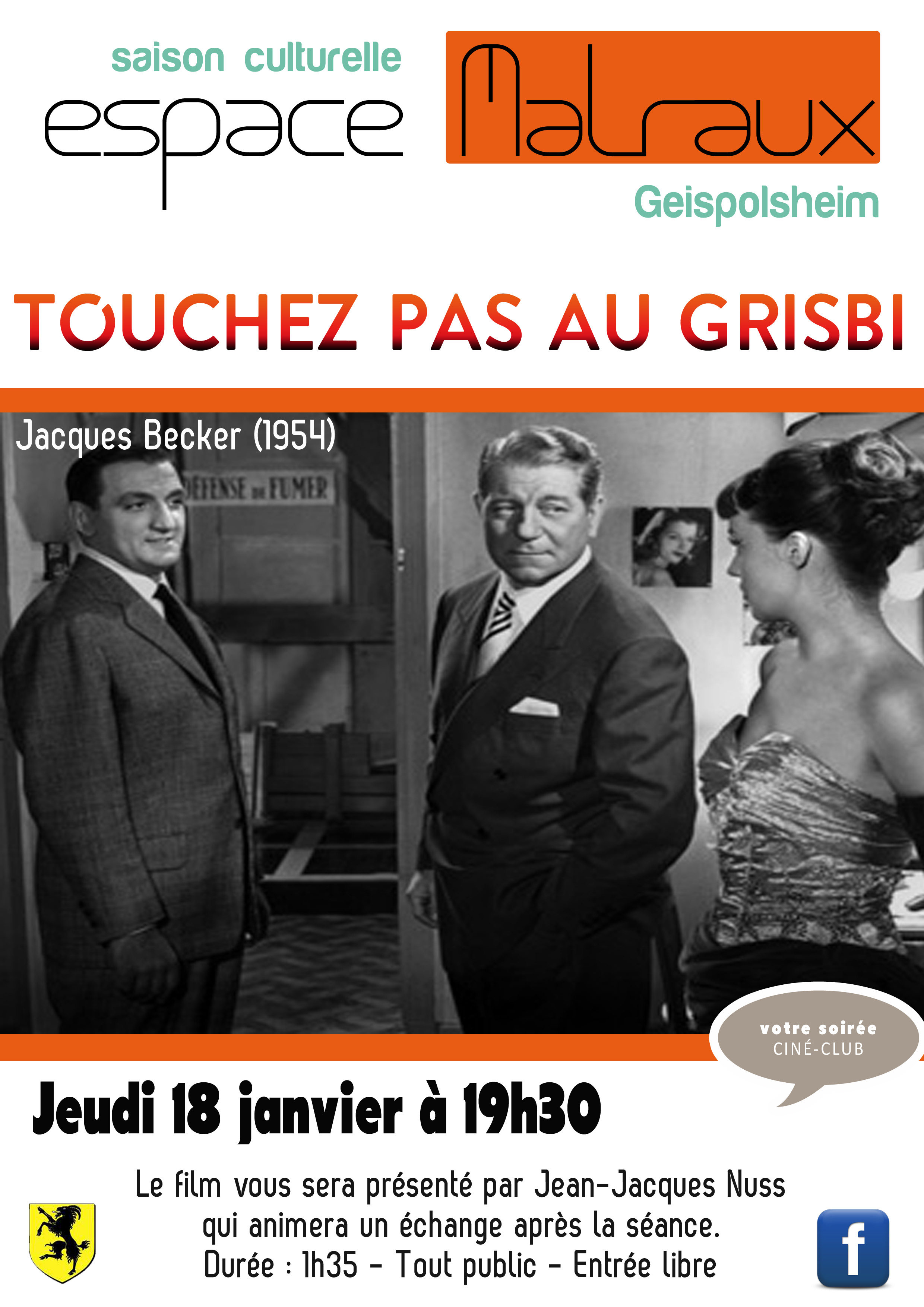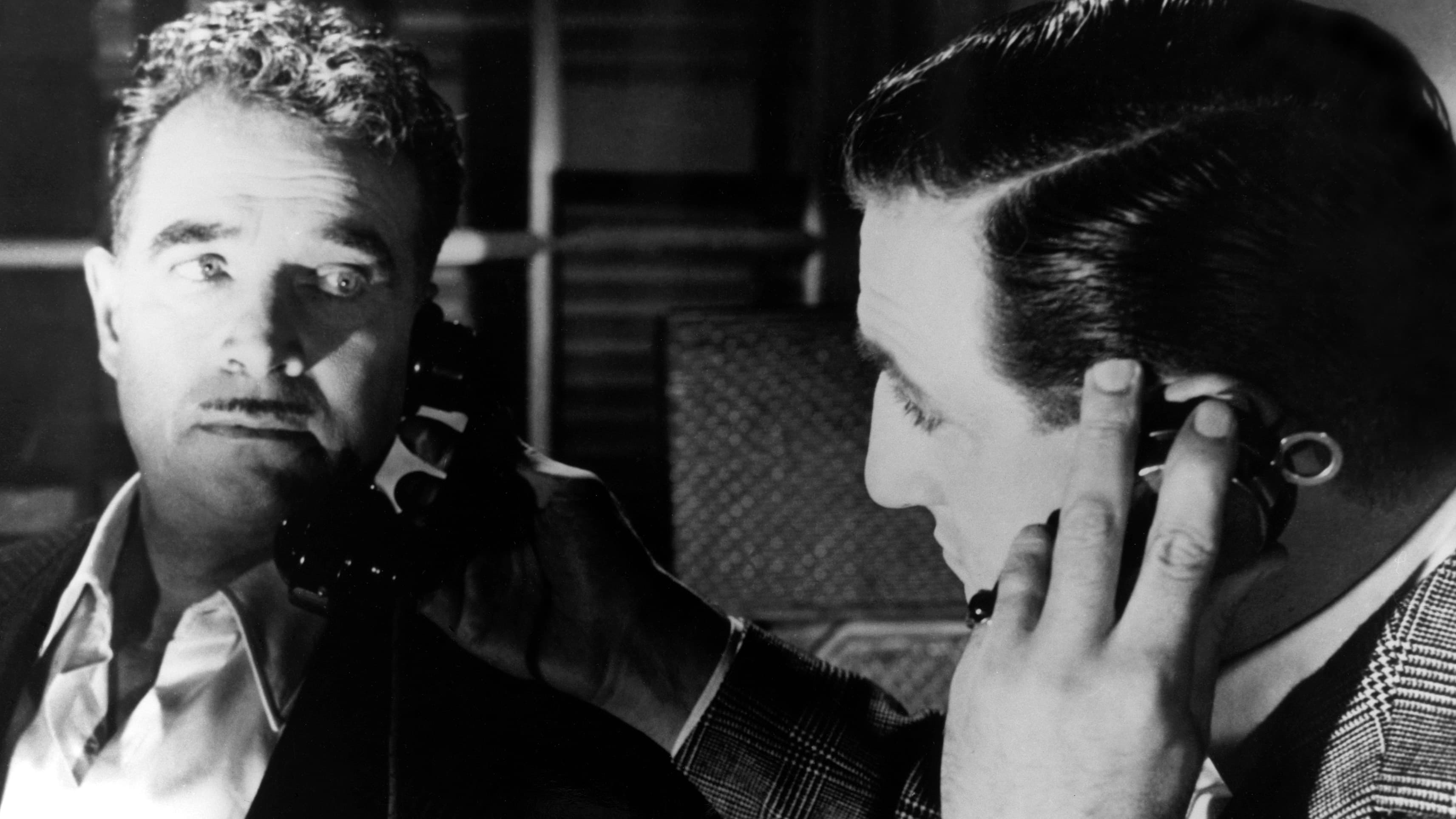
After the show, Max discovers Riton's girlfriend, Josy, making out with Angelo, another gangster, but he does not tell Riton. The group then goes to crime-boss Pierrot's nightclub, where the girls perform and Max gets Marco a job as a drug dealer working for Pierrot.

Max, a principled middle-aged Parisian gangster, has dinner at Madame Bouche's restaurant, a hangout for criminals, with his longtime-associate Riton, their much younger burlesque-dancer girlfriends, and Max's protege Marco. The film is the first installment of the so-called "Max le Menteur trilogy", which are all based on novels by Simonin, but feature different characters it was followed by Le cave se rebiffe and Les tontons flingueurs, both of which are more comedic than Grisbi. The film was screened in competition at the 1954 Venice Film Festival. It was directed by Jacques Becker and stars Jean Gabin, René Dary, Paul Frankeur, Lino Ventura, Jeanne Moreau, Dora Doll, and Marilyn Buferd. Jacques Becker’s 1954 heist thriller Touchez pas au grisbi was the comeback he needed, and it propelled him into a successful second act, which lasted until his death in 1976.Touchez pas au grisbi (, French for "Don't touch the loot"), released as Honour Among Thieves in the United Kingdom and Grisbi in the United States, is a 1954 French- Italian crime film based on a novel by Albert Simonin. Following a brief, less successful stint in Hollywood and a period of fighting with the Allies in North Africa during World War II, Gabin saw his film career slow down, and he appeared mostly in supporting roles for a while (including in Ophuls’s Le plaisir). ” Soon after Pépé, Renoir’s antiwar masterpiece Grand Illusion hit, and it was an even bigger smash, cementing Gabin’s superstar status in this and all of his most successful roles ( La bête humaine, Le jour se lève), Gabin played some form of working-class social outcast, and he always provided audiences with a strong point of identification. As Michael Atkinson has written for Criterion, “Without its iconic precedent, there would have been no Humphrey Bogart, no John Garfield, no Robert Mitchum, no Randolph Scott, no Jean-Paul Belmondo (or Breathless or Pierrot le fou), no Jean-Pierre Melville or Alain Delon, no Steve McQueen. His work with director Julien Duvivier would prove his most important: they collaborated on two successful films in the midthirties ( Maria Chapdelaine and La bandera), but it was their third, Pépé le moko, that, in creating the romantic criminal antihero archetype, shot Gabin into the stratosphere.

This led to roles in silent films, but it was with the advent of sound that Gabin found his true calling-even if his quiet stoicism was what he would become best known for. He eventually followed in his family’s footsteps, though, appearing onstage at various Paris music halls and theaters, including the Moulin Rouge. Though his parents were cabaret performers, Gabin-born Jean-Alexis Moncorgé in 1904-put off show business at first, working instead as a laborer for a construction company.

With his penetrating gaze, quiet strength, and unshakeable everyman persona, Jean Gabin was the most popular French matinee idol of the prewar period, and remains one of the great icons of cinema.


 0 kommentar(er)
0 kommentar(er)
